Related Research Articles
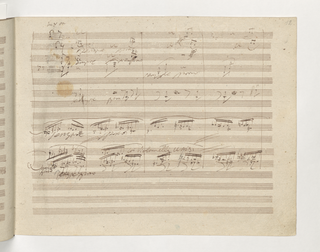
The Symphony No. 9 in D minor, Op. 125, is a choral symphony, the final complete symphony by Ludwig van Beethoven, composed between 1822 and 1824. It was first performed in Vienna on 7 May 1824. The symphony is regarded by many critics and musicologists as a masterpiece of Western classical music and one of the supreme achievements in the history of music. One of the best-known works in common practice music, it stands as one of the most frequently performed symphonies in the world.

Gustav Heinrich Ernst Martin Wilhelm Furtwängler was a German conductor and composer. He is widely regarded as one of the greatest symphonic and operatic conductors of the 20th century. He was a major influence for many later conductors, and his name is often mentioned when discussing their interpretative styles.
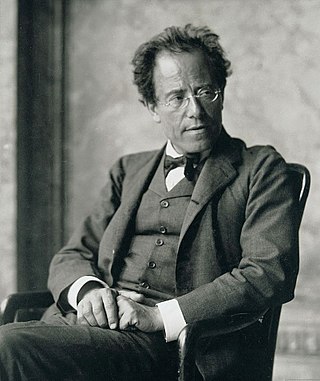
The Symphony No. 5 by Gustav Mahler was composed in 1901 and 1902, mostly during the summer months at Mahler's holiday cottage at Maiernigg. Among its most distinctive features are the trumpet solo that opens the work with a rhythmic motif similar to the opening of Ludwig van Beethoven's Symphony No. 5, the horn solos in the third movement and the frequently performed Adagietto.

The Symphony No. 6 in A minor by Gustav Mahler is a symphony in four movements, composed in 1903 and 1904, with revisions from 1906. It is sometimes nicknamed the Tragic ("Tragische"), though the origin of the name is unclear.
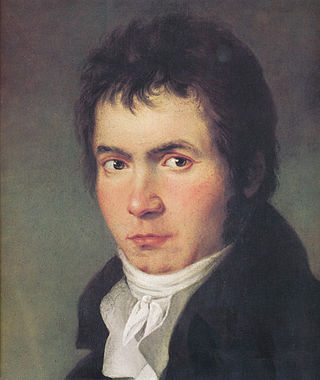
The Violin Concerto in D major, Op. 61, was written by Ludwig van Beethoven in 1806. Its first performance by Franz Clement was unsuccessful and for some decades the work languished in obscurity, until revived in 1844 by the then 12-year-old violinist Joseph Joachim with the orchestra of the London Philharmonic Society conducted by Felix Mendelssohn. Joachim would later claim it to be the "greatest" German violin concerto. Since then it has become one of the best-known and regularly performed violin concertos.

The Symphony No. 4 in E minor, Op. 98 by Johannes Brahms is the last of his symphonies. Brahms began working on the piece in Mürzzuschlag, then in the Austro-Hungarian Empire, in 1884, just a year after completing his Symphony No. 3. Brahms conducted the Court Orchestra in Meiningen, Germany, for the work's premiere on 25 October 1885.

Dietrich Fischer-Dieskau was a German lyric baritone and conductor of classical music. One of the most famous Lieder performers of the post-war period, he is best known as a singer of Franz Schubert's Lieder, particularly "Winterreise" of which his recordings with accompanists Gerald Moore and Jörg Demus are still critically acclaimed half a century after their release.
The Cello Concerto No. 1 in E-flat major, Op. 107, was composed in 1959 by Dmitri Shostakovich. Shostakovich wrote the work for his friend Mstislav Rostropovich, who committed it to memory in four days. He premiered it on October 4, 1959, at the Large Hall of the Leningrad Conservatory with the Leningrad Philharmonic Orchestra conducted by Yevgeny Mravinsky. The first recording was made in two days following the premiere by Rostropovich and the Moscow Philharmonic Orchestra conducted by Aleksandr Gauk.
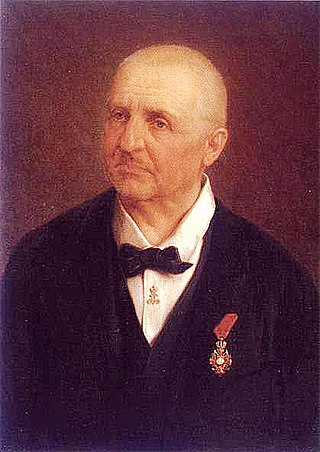
Anton Bruckner's Symphony No. 5 in B-flat major WAB 105, was written in 1875–1876, with minor changes over the next two years. It came at a time of trouble and disillusion for the composer: a lawsuit, from which he was exonerated, and a reduction in salary. Dedicated to Karl von Stremayr, education minister in the Austro-Hungarian Empire, the symphony has at times been nicknamed the "Tragic", the "Church of Faith" or the "Pizzicato"; Bruckner himself referred to it as the "Fantastic" without applying this or any other name formally.

Pyotr Ilyich Tchaikovsky's Symphony No. 4 in F minor, Op. 36, was written between 1877 and 1878. Its first performance was at a Russian Musical Society concert in Moscow on February 22, 1878, with Nikolai Rubinstein as conductor. In Middle Europe it sometimes receives the nickname "Fatum", or "Fate".

Anton Bruckner's Symphony No. 7 in E major, WAB 107, is one of the composer's best-known symphonies. It was written between 1881 and 1883 and was revised in 1885. It is dedicated to Ludwig II of Bavaria. The premiere, given under Arthur Nikisch and the Gewandhaus Orchestra in the opera house at Leipzig on 30 December 1884, brought Bruckner the greatest success he had known in his life. The symphony is sometimes referred to as the "Lyric", though the appellation is not the composer's own, and is seldom used.
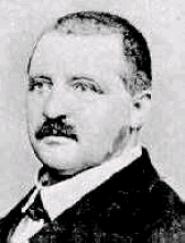
Anton Bruckner's Symphony No. 1 in C minor, WAB 101, was the first symphony the composer thought worthy of performing, and bequeathing to the Austrian National Library. Chronologically it comes after the Study Symphony in F minor and before the "nullified" Symphony in D minor. The composer gave it the nickname Das kecke Beserl, and conducted its 1868 premiere. Much later, after Bruckner was granted an honorary University of Vienna doctorate in 1891, he dedicated the 1890 version of the work to that institution.

Anton Bruckner's Symphony No. 4 in E-flat major, WAB 104, is one of the composer's most popular works. It was written in 1874 and revised several times through 1888. It was dedicated to Prince Konstantin of Hohenlohe-Schillingsfürst. It was premiered in 1881 by Hans Richter in Vienna to great acclaim.
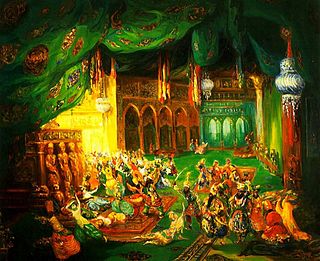
Scheherazade, also commonly Sheherazade, Op. 35, is a symphonic suite composed by Nikolai Rimsky-Korsakov in 1888 and based on One Thousand and One Nights.
Charles Ives's Symphony No. 1 in D minor, written between 1898 and 1902, is an example of how Ives synthesized ideas from composers who came before him. Many of his later symphonies relied on Protestant hymns as the main theme. However, this symphony is composed in the late-Romantic European tradition, and is believed to contain many paraphrases from famous European pieces such as Tchaikovsky's Pathétique and Schubert's Unfinished symphonies and especially Dvořák's New World Symphony.
The Second Symphony was written by Charles Ives between 1897 and 1902. It consists of five movements and lasts approximately 40 minutes.
The Piano Concerto No. 2 in G major, Sz. 95, BB 101 of Béla Bartók is a musical composition for piano and orchestra. The work, which was composed between 1930 and 1931, is notorious for being one of the most difficult pieces in the repertoire.
The Symphony No. 1 in B♭ minor is one of two symphonies by the English composer William Walton. The composer had difficulty in completing the work, and its first public performance was given without the finale, in 1934. The complete four-movement work was premiered the following year.
Symphony No. 2 in E minor was written by Wilhelm Furtwängler between 1945 and 1946 in Switzerland. It is in four movements:
- Assai moderato - Allmählich belebend - Von hier ab festes Tempo (Allegro)
- Andante semplice (Tranquillo)
- Un poco moderato - Più Allegro - Più Moderato - Allegro - Moderato - Allegro
- Langsam - Moderato andante - Allegro molto - Moderato - Langsam - Moderato - Presto
List of recordings of Johannes Brahms' A German Requiem, Op. 45 (1868).
References
- ↑ Gottfried Kraus, liner notes to Orfeo d'Or CD C 406 961 B, translated to English by Lionel Salter. In the German original, Kraus gives the headings as "Das Verhängnis," "Im Zwang zum Leben," "Jenseits" and "Der Kampf geht weiter."
- ↑ Lionel Salter's translation identifies this as January 25, 1956, "the centennial of Furtwängler's birth," but that's actually two years after his death. The German original says January 25, 1986, "Furtwänglers 100. Geburstag."